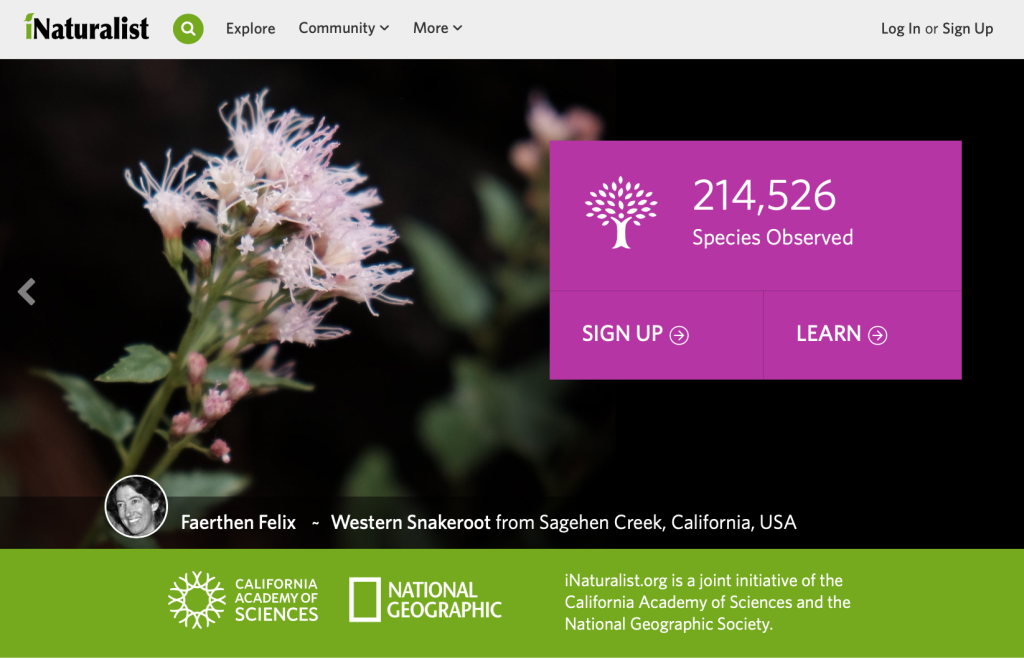The power of naming

In fairy tales, magical creatures guard their names because knowing the name of something gives you power over it.
They were right.
Sort of. I don’t get power over plants and animals when I know their names, but I do get to Google them; there is amazing knowledge you can unlock with a name. But the first step is naming.
I will share with you an app for your phone that will not only give you the power of naming, it will make you a part of one of the world’s largest citizen-science initiatives. It is iNaturalist and you can find it in your app store and on the internet. It is free.
Here’s how it works.
You see a plant or animal you would like to know the name of. Go into the app and use the “observe” button to snap a photo. Then hit share. The location and time information are embedded in the photo you snapped (that’s true whenever you snap a digital photo, not just in this app). You have now uploaded a photo that documents what you saw and the place and time you saw it.
A team of volunteer experts all around the world will examine the photo and identify the plant/animal. They will post their ID on the app. When several experts all agree that this particular identification is correct, the identification will be upgraded to “research grade,” which means it has been confirmed.
iNaturalizing something (as frequent flyers refer to it) requires basically two button pushes. As the result of this very minimal effort, you get a name for whatever it was you photographed and, perhaps even more important, you contribute to a worldwide database of species distribution.
No scientist can possibly figure out everywhere people are seeing bumblebees or frog fruit or alligator gar, but if people take an interest and post their sightings to iNaturalist, scientists can look at aggregate data and get a pretty good idea of where they are and how that has changed over time.
You can do the same thing. For example, I have created a “project” called Buffalo Bayou Park that aggregates everything spotted in the Park. I use it all the time. I haven’t been seeing any egrets. Mostly, this is because it’s really hot and I don’t do well in extreme heat so I haven’t been outside as much. But just in case something is going on, I checked the iNaturalist project. People are seeing them all over the Park. I know that because people are using the app and reporting what they see.
If you check out the Buffalo Bayou project, I’m abkline and my icon is a photo of a coral snake I met under the bat bridge.
Almost every blog post I do rely on iNaturalist. But I don’t always have time to wait for a confirmed ID. I don’t have to because the site’s artificial intelligence capabilities are unbelievable.
I can only use this effectively when I am on my computer, which is undoubtedly because of my own ignorance; it probably works on the app. I upload a photo by dragging it from my computer to the website. Then, I click in the entry box for “species name” and the app offers “suggestions.” The name of whatever it was I saw is almost always one of the suggestions.
To use iNaturalist, you have to set up an account, but it’s completely unannoying. No ads, no emails. Just id’s and data and being a part of something important and huge.
There is another, more personal benefit of iNaturalist. When it is over 100 degrees outside, you can write about iNaturalist without ever leaving your air-conditioned house.
I have no idea how I will solve this problem next week if this heat doesn’t break.

